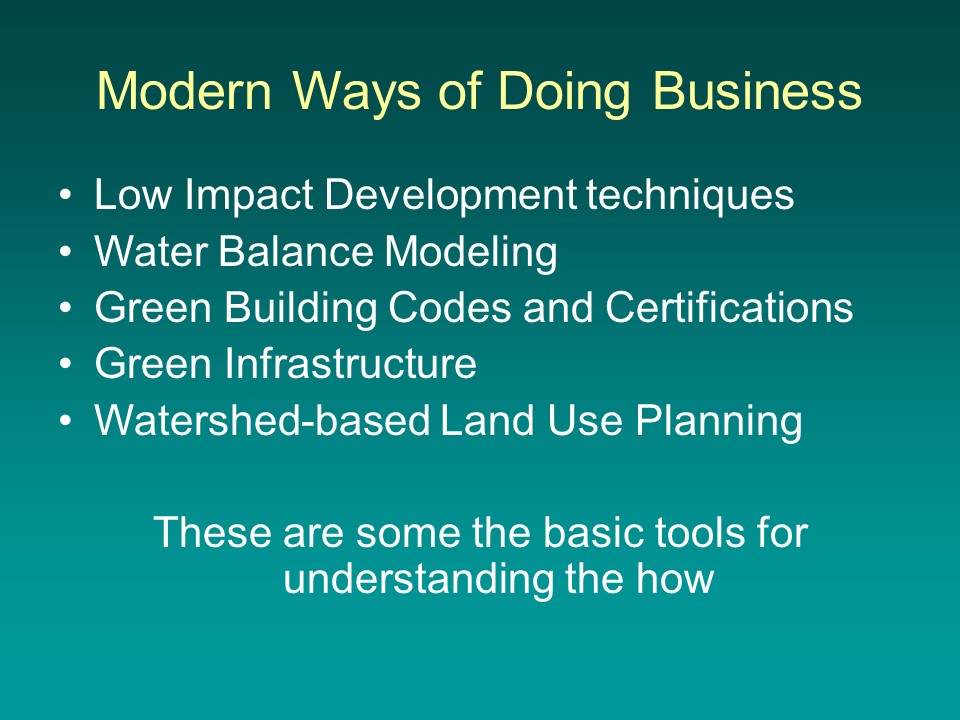Nature Without Borders: Vision for Comox Valley Conservation Strategy contributes to Living Water Smart

Doing Business Differently in BC
Released in June 2008, Living Water Smart is the provincial government’s vision and plan to keep British Columbia’s water healthy and secure for the future.
An over-arching goal is to encourage land and water managers and users to do business differently. Nested under Living Water Smart is the Water Sustainability Action Plan for British Columbia, a partnership umbrella for action on the ground.
The Action Plan comprises inter-connected program elements that give local governments and practitioners the tools and experience to better manage land and water resources.
To Learn More:
To learn more about program implementation, click on this link to Water Sustainability Action Plan adds depth to Living Water Smart initiative.
2008 Vancouver Island Learning Lunch Seminar Series
One of the Action Plan program elements is the 2008 Vancouver Island Learning Lunch Seminar Series, a precedent-setting provincial pilot for building practitioner capacity.
The 2008 pilot comprised two sets of three seminars each in the Summer and Fall; and the two series were hosted by the Cowichan Valley Regional District and City of Courtenay, respectively.
The City of Courtenay was the host municipality for the Comox Valley Learning Lunch Seminar Series. The final seminar in the series featured the Comox Valley Conservation Strategy because of its relevance to a regional team approach.

Comox Valley Conservation Strategy
Originally an initiative of the Comox Valley Land Trust, implementation of the Comox Valley Conservation Strategy is now the responsibility of the Comox Valley Conservation Strategy Community Partnership.
“The Land Trust is only one of the groups/individuals at the table. The Comox Valley Conservation Strategy is an exciting initiative to create a region-wide strategy for land conservation in consultation with the community and decision-makers in the Comox Valley,” stated Jack Minard, Executive Director of the Comox Valley Land Trust.
Watershed-based Planning Framework
The main purpose of the Conservation Strategy is to prioritize sensitive ecosystems, linkages via expanded riparian strips and designated upland wildlife corridors and to create a new and exciting watershed-based land use planning framework.
“The current process has the Conservation Strategy Community Partnership collaborating with Regional and Municipal planners, engineers and elected representatives to develop a new way of doing business in the Comox Valley,” added Jack Minard.

Nature Without Borders
Nature Without Borders is the title of the report that lays out a community vision for the Comox Valley Conservation Strategy, released in July 2008.
 Nature has no borders; it does not recognize political or philosophical boundaries and it is essential for the health of human and non-human communities alike. To view nature in this way represents not a “special interest” approach but a modern advance in civil society. We are realizing that the current loss of ecosystems and biodiversity cannot continue, yet pressures to develop land for human use is placing huge demands on what remains. (from the Foreword)
Nature has no borders; it does not recognize political or philosophical boundaries and it is essential for the health of human and non-human communities alike. To view nature in this way represents not a “special interest” approach but a modern advance in civil society. We are realizing that the current loss of ecosystems and biodiversity cannot continue, yet pressures to develop land for human use is placing huge demands on what remains. (from the Foreword)
In his presentation, Jack Minard connected the dots to Living Water Smart from the hydrological footprint and stream health perspectives. He also reported out on the Collaborative Watershed Governance Initiative, the purpose of which is to establish and implement a framework for ecosystem management and collaborative watershed governance in BC.

Links to YouTube Videos:
To capture the flavour of presentations at the Comox Valley Learning Lunch Seminar, video clips have been uploaded to YouTube. The maximum length is 10 minutes. To view the presentation by Jack Minard, click on the small images below.
In the first half of his presentation, Jack Minard explained the mission of the Comox Valley Land Trust and the Comox Valley Conservation Strategy. “The Nature Without Borders report resulted from a bottom-up process,” he told his audience.
In the second half of his presentation, Jack Minard connected the dots to illustrate how to do business differently in the Comox Valley. He identified the steps in a Draft Workplan for a regional team approach. “Use natural systems as your infrastructure,” he said.
PowerPoint Presentation:
The YouTube videos are complemented by a PowerPoint presentation that can be viewed by clicking on Nature Without Borders – Vision for a Comox Valley Regional Conservation Strategy.

About the Learning Lunch Seminar Series
The Learning Lunch Seminar Series promoted a consistent provincial approach to rainwater management and green infrastructure. The program was implemented through CAVI, which is the acronym for Convening for Action on Vancouver Island. In 2008, participating Vancouver Island local governments represented some 250,000 people.
- The Cowichan Valley series comprised a set of three sessions held during the June – July 2008 period. To learn more, visit https://waterbucket.ca/viw/category/convening-for-action-in-2008/2008-cowichan-valley-learning-lunch-seminar-series/ .
- The Comox Valley series comprised a set of three sessions held during the September – November 2008 period. To learn more, visit https://waterbucket.ca/viw/category/convening-for-action-in-2008/2008-comox-valley-learning-lunch-seminar-series/ .
The Learning Lunch Seminar Series was the first step in building a regional team approach so that there would be a common understanding and consistent messaging regarding on-the-ground expectations for rainwater management and green infrastructure.
To Learn More:
The Seminar Series was part of the implementation program for Beyond the Guidebook: The New Business As Usual, and was precedent-setting in its scope.


